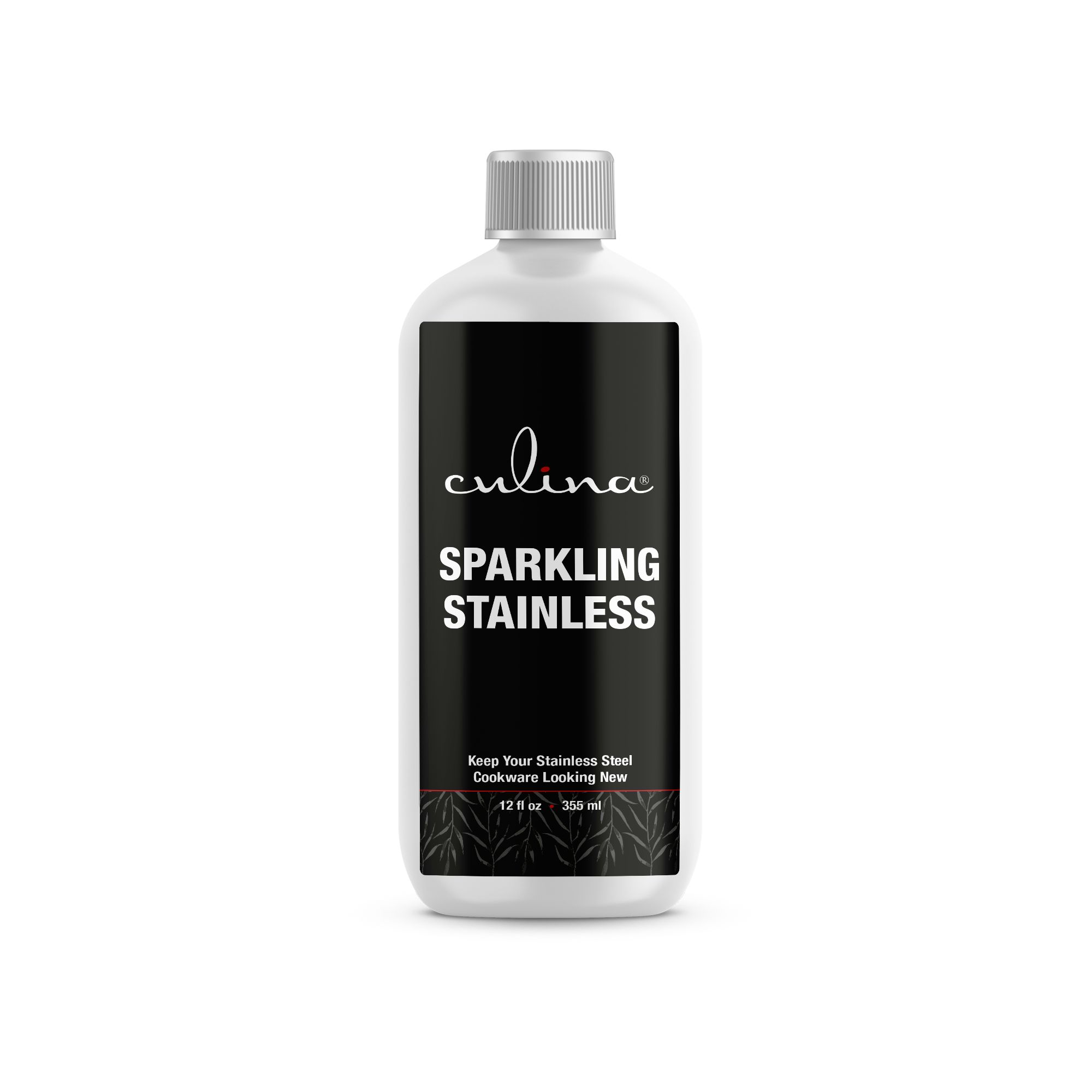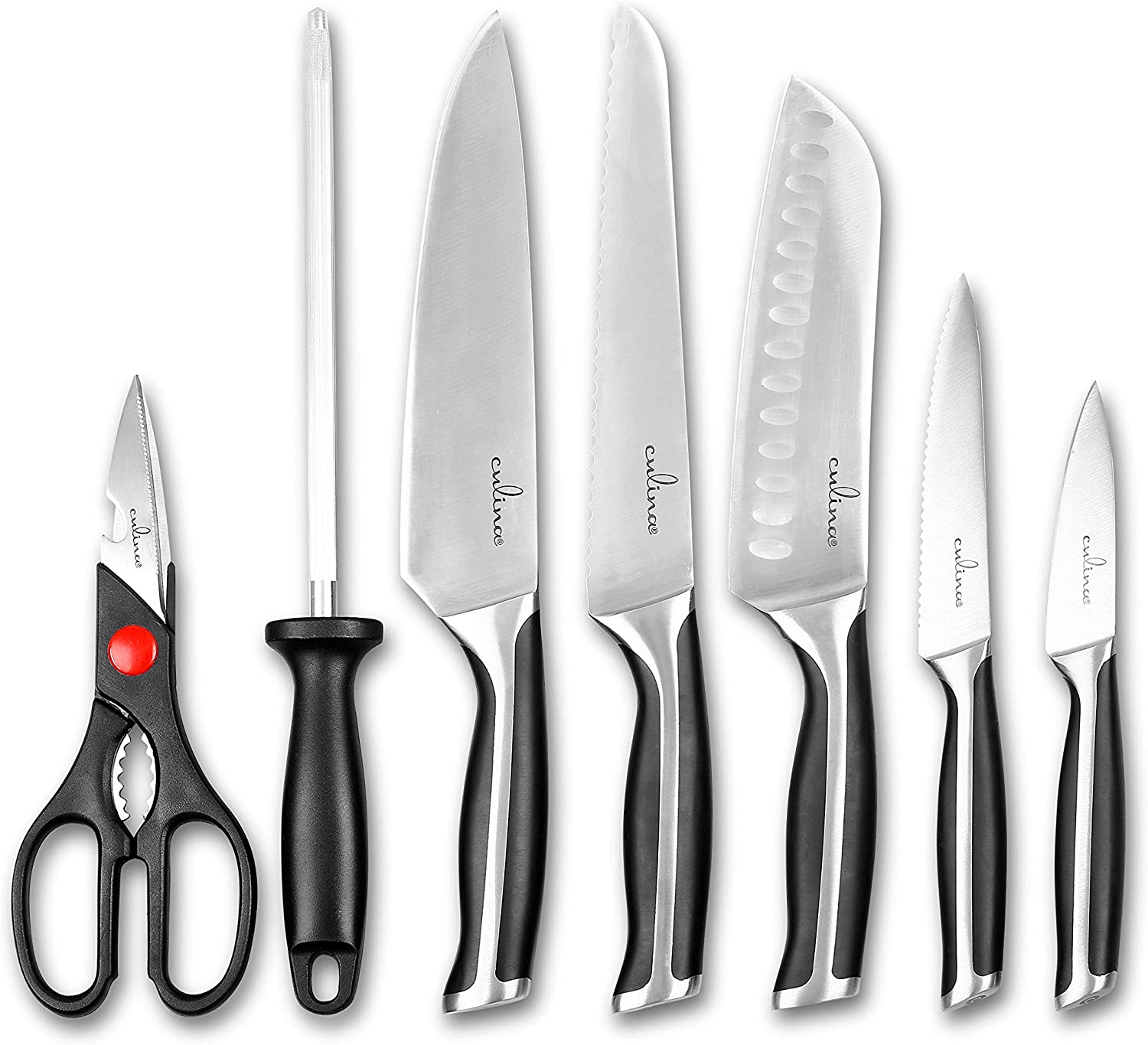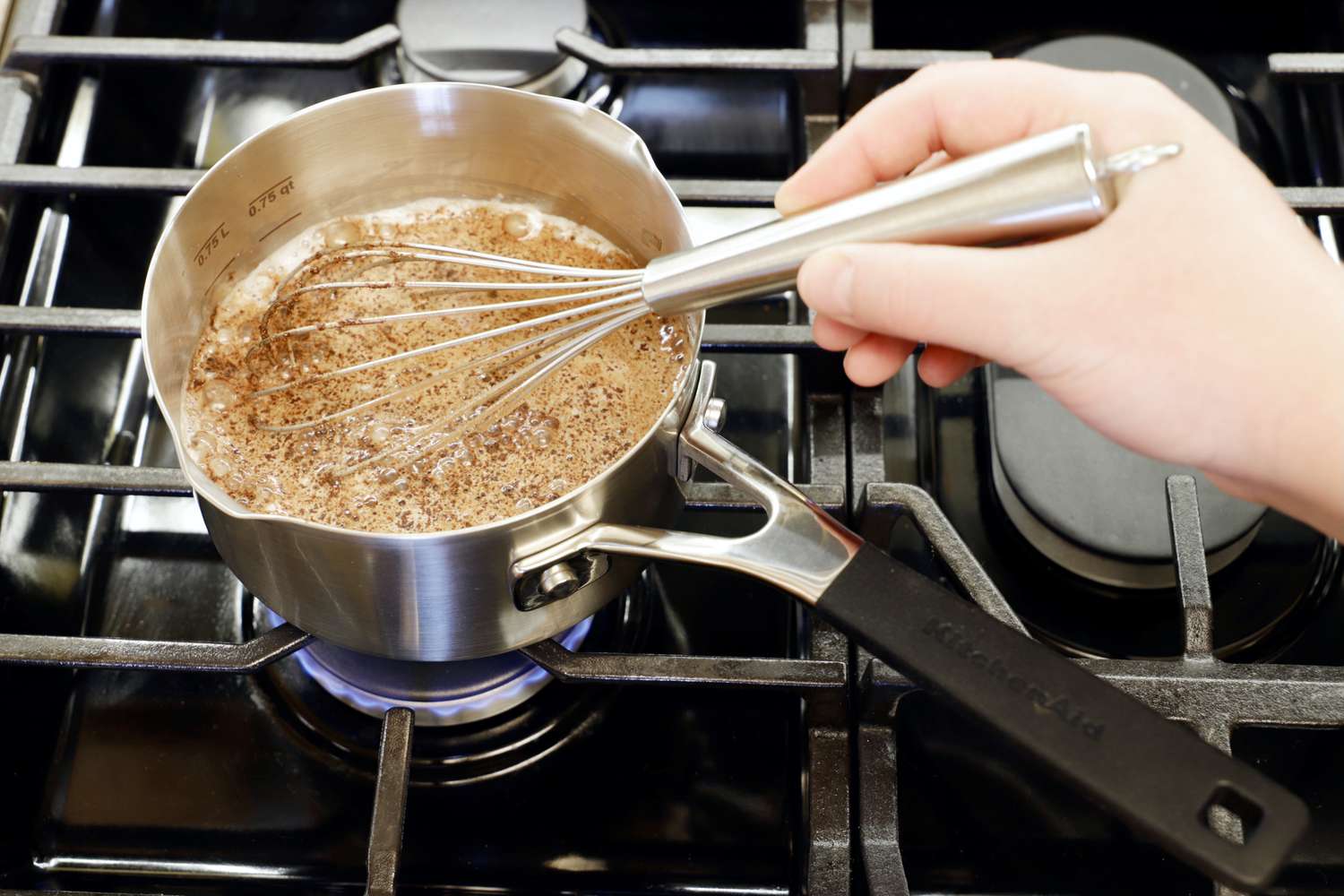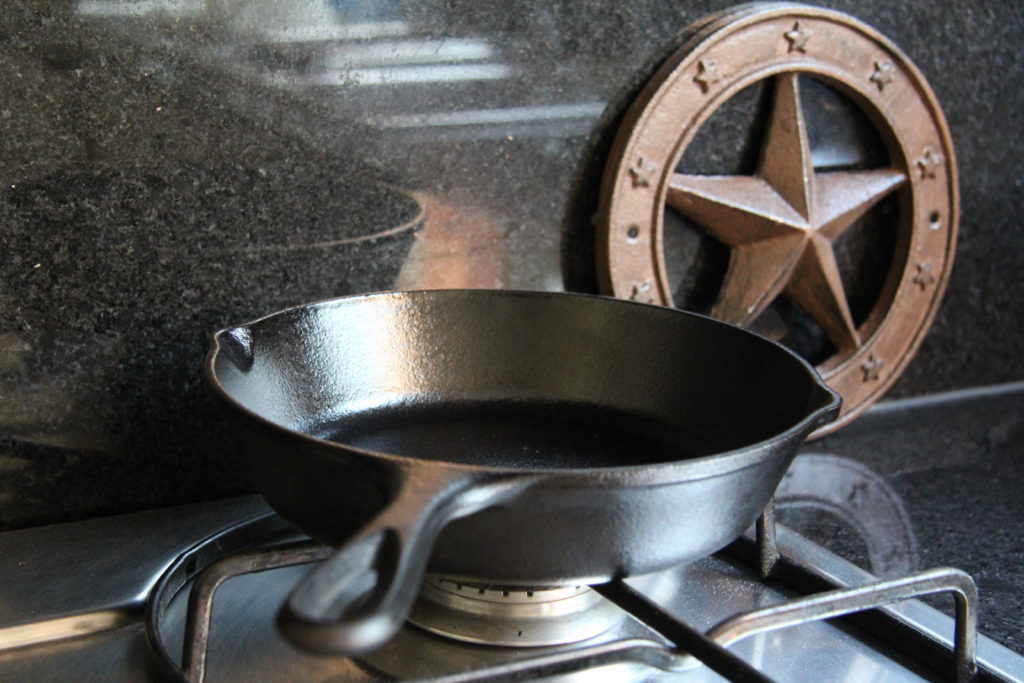As kitchen professionals, we understand the importance of maintaining our tools. A broken saucepan handle can be a frustrating setback. Today, we will delve deeply into how to fix a broken saucepan handle, ensuring your cooking experience remains seamless.
A saucepan is one of the fundamental tools in any kitchen, and a handle that snaps off can lead to both safety hazards and the loss of a valuable utensil. Below, find methods and techniques that are practical, effective, and easy to follow.

Understanding the Common Causes of Broken Handles
The first step in fixing a broken saucepan handle is to know the reasons for its failure. Kitchen professionals often encounter:
- Wear and Tear: Over time, handles can corrode or weaken with frequent use.
- Improper Handling: Lifting a heavy saucepan by its handle can place undue stress on it.
- Temperature Changes: Rapid heating and cooling can result in metal fatigue.

Assessing the Damage
Before proceeding with repairs, conduct a close inspection of the broken handle. Identify whether it is:
- Completely Detached: This is typically easier to fix as you can simply reattach it.
- Cracked: Cracked handles require more delicate repair techniques.

Materials Needed for Repair
Gathering the right materials is essential. Depending on the damage, you might need:
- Super Glue: For minor cracks.
- Epoxy Adhesive: For more severe breaks.
- Wooden Dowels: For reattaching a handle that has broken off completely.
- Sandpaper: To smoothen surfaces before applying adhesive.

Step-by-Step Guide to Repair
Fixing a Completely Detached Handle
If your handle has come off completely, heres how to fix it:
- Clean the area of the saucepan where the handle attaches. Remove any old adhesive or residue.
- Apply a suitable adhesive to both the handle and the saucepan where they connect.
- Align the handle carefully and press it firmly against the saucepan. Hold it in place until the adhesive sets.
- Let the adhesive cure for the recommended time before using the saucepan again.
Repairing a Cracked Handle
If your handle is cracked, follow these steps:
- Use sandpaper to slightly sand the cracked area for better adhesion.
- Apply super glue or epoxy to the crack, ensuring it penetrates well.
- Use clamps or a clothespin to hold the crack together while the adhesive dries.
- Once dry, sand the repaired area lightly until it is smooth.
When to Consider Replacement
Sometimes, the damage can be too severe to repair efficiently. Recognize the signs:
- Extensive damage that compromises the saucepan's integrity.
- Repeated repairs that fail to hold up over time.
- Safety concerns when handling the saucepan.
If replacement is necessary, explore the options that suit your kitchen's needs. For guidance on selecting the right saucepan, check out this informative piece on saucepan vs pot.
Preventative Tips for Maintaining Your Cookware
Prevention is key when it comes to maintaining your kitchen tools. Here are some useful tips:
- Avoid High Heat: Especially with nonstick cookware, high temperatures can weaken handles.
- Support the Weight: Always support your saucepan by the base rather than solely by the handle.
- Regular Inspections: Regularly check cookware for wear and tear.
Frequently Asked Questions
Can I use duct tape for temporary handle repairs?
While duct tape can provide a temporary fix, it is not a long-term solution and may not hold up under heat.
Is it safe to use a saucepan with a repaired handle?
As long as the repair is secure and has fully cured, it should be safe to use.
What materials are best for saucepan handle repair?
Super glue and epoxy adhesives are typically the best options for handle repairs.
If you're looking for more tips on cookware, including differences between a saucepan and a regular pan, you can read this article on saucepan vs pan.
As an Amazon Associate, I earn from qualifying purchases.






Leave a comment
This site is protected by hCaptcha and the hCaptcha Privacy Policy and Terms of Service apply.